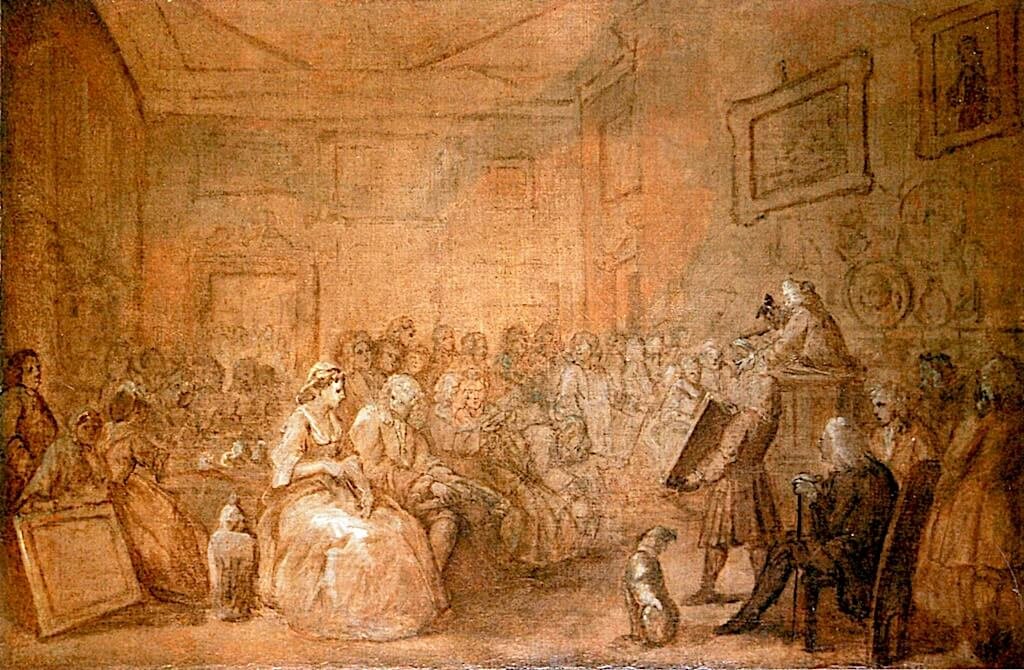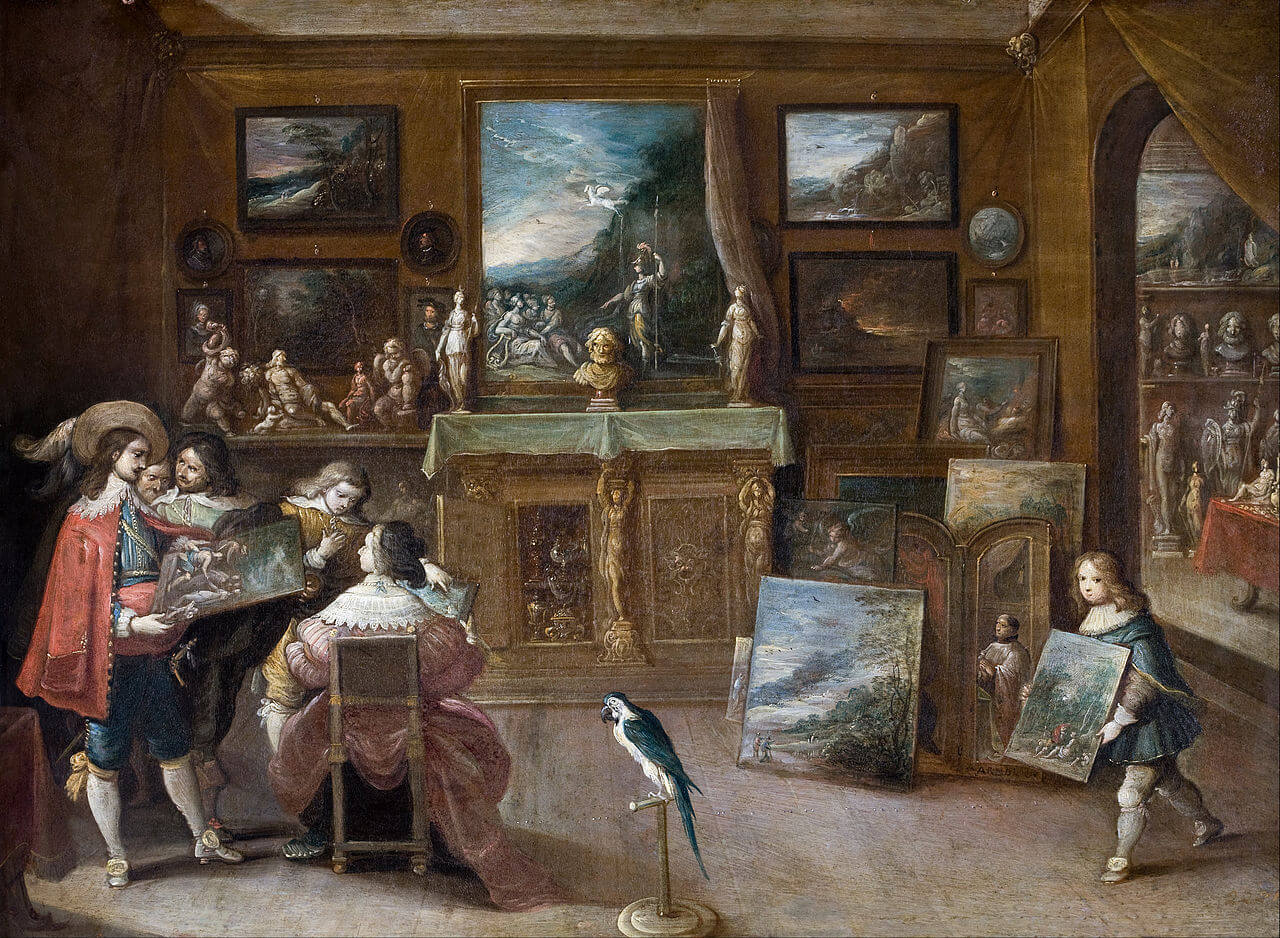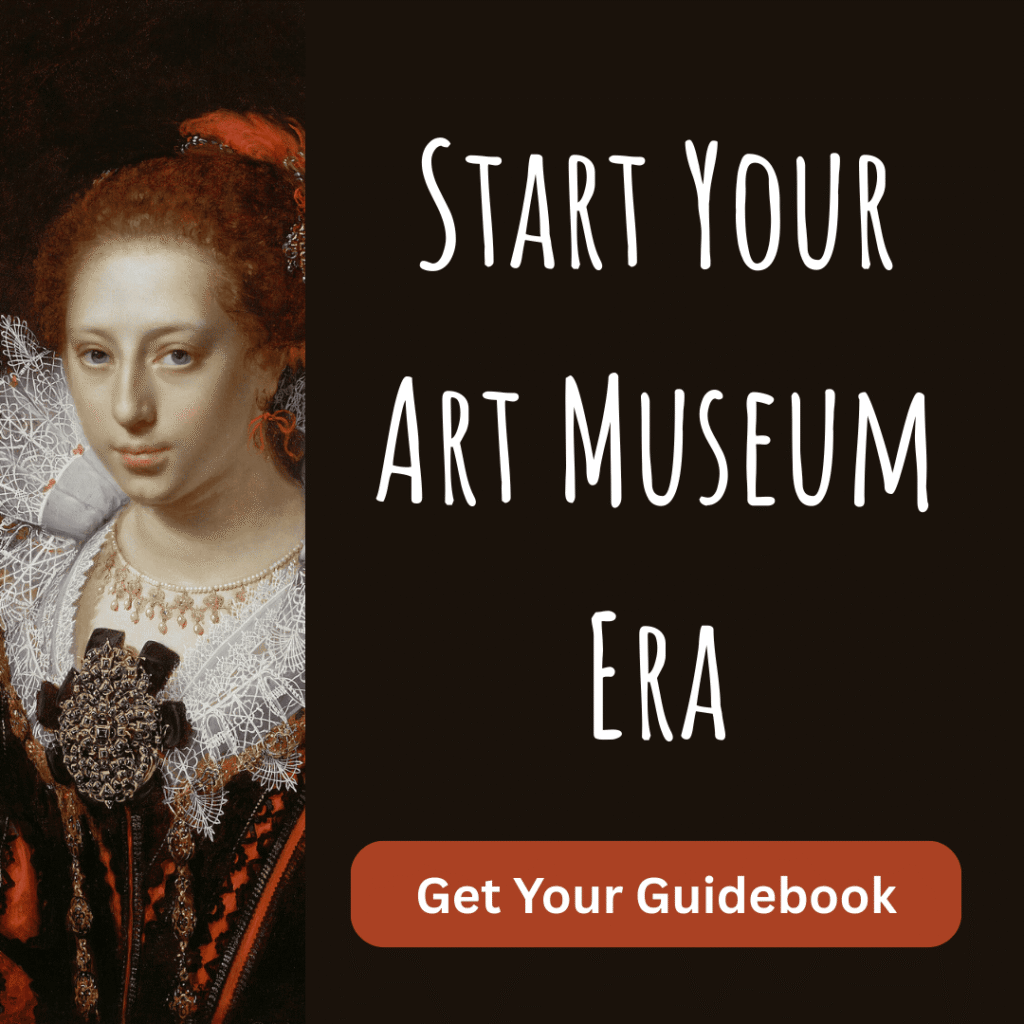If you’ve been around the art world for a while, chances are that you’ve heard the term “provenance”. If so, you’ve probably gotten the sense that it is important, but you may not know what it is or why it matters.

What is Provenance?
Provenance is an artwork’s history of ownership – who has owned the work and when. Think of it as the artwork’s pedigree or life story. Ideally, a complete provenance should tell us everyone who has owned an artwork from the time it left the artist’s hands through the present day, including how and when it changed hands (auctions, inheritances, and so on). For artworks with any kind of age, however, the provenance is rarely so comprehensive.
Why is Provenance Important?
Provenance tells us where artworks came from, where they’ve been, and what’s happened to them along the way. While it doesn’t necessarily contribute to interpretation directly, it can help us understand what artworks have meant to people over time and can provide clues that unlock additional sources of information. For example, we may no longer know which artist made an historical artwork or what subject it was meant to depict, but if we go back through the provenance, we may find earlier records from when people still remembered this information.
More importantly, a solid provenance also gives us some level of reassurance that an artwork is neither a fake nor stolen property. If you know where an artwork has been at all times since it was finished, you can be reasonably certain that it is genuine. (Of course, provenance itself can sometimes be fake.) Similarly, objects with gaps in their provenance may have been stolen at some point. Be particularly suspicious of works whose World War Two-era provenance is missing or questionable.
With all of that being said, unclear provenance doesn’t necessarily mean that a work was forged or stolen. The art market doesn’t have a history of being particularly transparent, though it’s recently come under pressure to become more so. Many sellers want to remain anonymous, often to hide the financial difficulties that motivated them to sell. Consequently, it’s very common to find “private collection” without any name listed as an owner in the provenance. That’s not very helpful, but it doesn’t have to be a sign that something is wrong.
Obviously, anybody hoping to acquire a work of art will be very interested in its provenance. But it’s also useful to others, since knowing who has owned a work in the past may add to its story. For art historians, a piece’s early provenance in particular can provide valuable information about the circumstances of its creation. In the case of ancient art, the archaeological provenance (details about how it was found in an ancient site) is absolutely critical to understanding it.

How Do You Determine Provenance?
Any art dealer, gallery, or auction house offering a work for sale should provide information about the provenance. It’s usually online and in the catalog, but you can request it if not. Museum collections give provenance in their collection databases and often in any exhibition catalogs the work appears in. In general, museums are becoming more transparent about artworks that may have problems with their provenance and better about researching these issues within their collections.
If the available provenance information is insufficient or needs to be verified, it’s time to conduct some research. Provenance research is time-consuming but also a lot of fun, at least in my opinion. It usually involves looking through auction catalogs, sale records, and archives to either determine or verify provenance.
Hear from a real provenance researcher here as she explains what her job entails and why it’s important.


